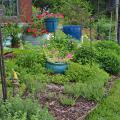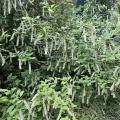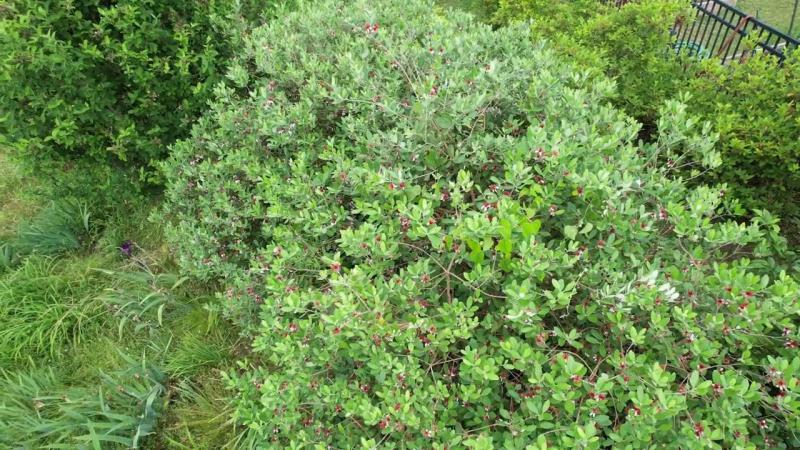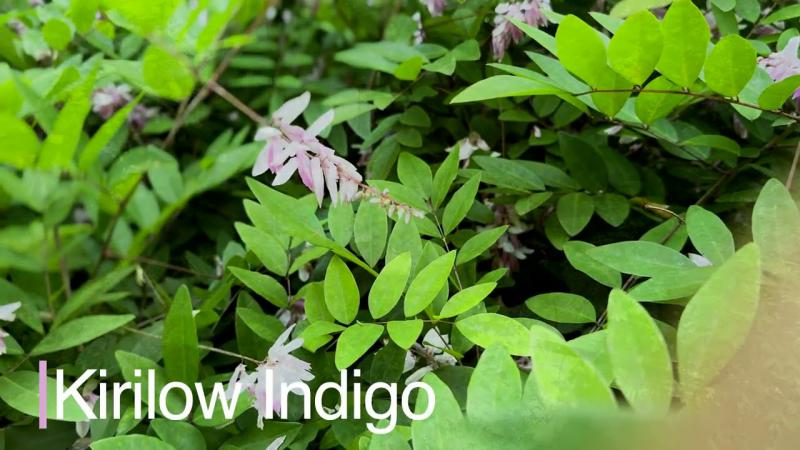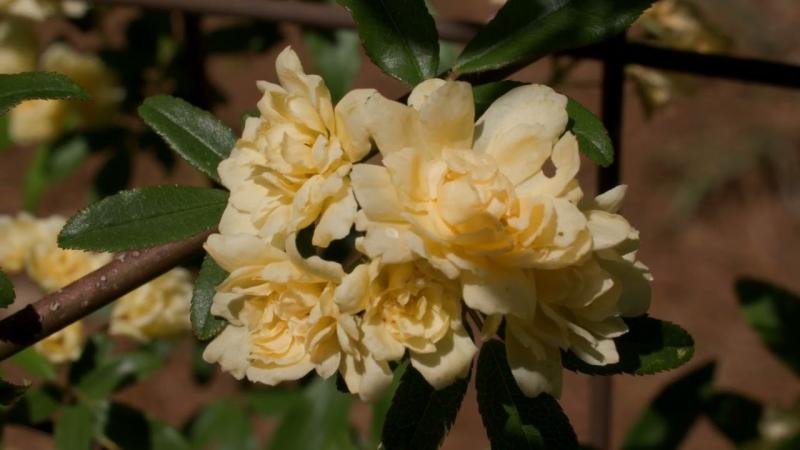Seed or Transplants
As with vegetables, there are advantages to setting out some plants as transplants and others from seed. Single-potted annual plants or packs of annuals containing several transplants are more expensive than seed. However, the instant effect created by setting out plants is irresistible to most gardeners.
Sowing seed directly into the garden soil is a time-honored ritual that rewards a little work and patience with great returns. The extra time involved is offset by savings in initial cost. Also, you can get more variety at less expense from seed than from transplants.
Many species of annual flowers have improved varieties, with increased heat tolerance, disease resistance, and other improvements. Instead of relying on the same tried and true varieties each year, look for those that have won the All-America Selection award. In addition to the dozens of varieties found on seed racks, mail-order companies provide gardeners with colorful catalogs full of many exciting annuals, including the newest varieties. Ordering seed through the mail has a peculiar excitement all its own, and the catalogs themselves are a wealth of information on planting and caring for unusual plants.
Annual flowers, whether grown from seed or transplants, are all handled the same in the garden. Summer annuals are planted in the early spring, after soil temperatures have risen and danger of frost has passed. Winter annuals are planted early enough in the fall to allow time for toughening up before frost.
Set plants shallow, with the top of the roots just under the surface of the soil. If transplants are grown in pots made of compressed peat moss, crumble the top edge of the peat pot away from the plant so that it will not act as a wick pulling water away from the roots. Pinching off small flowers on brand-new transplants may be hard to do, but it will promote fast new growth and more flowers sooner.
You can have continual bloom the entire summer through some occasional maintenance. As the flowers begin to fade, remove them before seeds are formed. The plants in turn generate new flowers to try again to produce seed. Annual beds maintained for cut flowers will also send up new flower stems to replace those removed for floral arrangements.
Publications
News
I recently had the pleasure of visiting the backyard bluff gardens of Paul and Donna Ingram, perched high above the winding Mississippi River in Vicksburg, Mississippi.
There are a few plants that bring both beauty and function to the landscape, and pineapple guava is one of those rare gems that does it all.
During a recent visit to Paul and Donna Ingram’s garden in Vicksburg, Mississippi, I was inspired by how beautifully they’ve showcased this remarkable plant.
Deciduous plants are those that shed their foliage at the end of the growing season. I recently had the pleasure of seeing the beautiful collection that Warren County Master Gardener Beattie Williams has curated.
While there were several standout selections in her garden, one that immediately caught my eye was Virginia sweetspire. This is a native shrub that offers something beautiful for every season.


